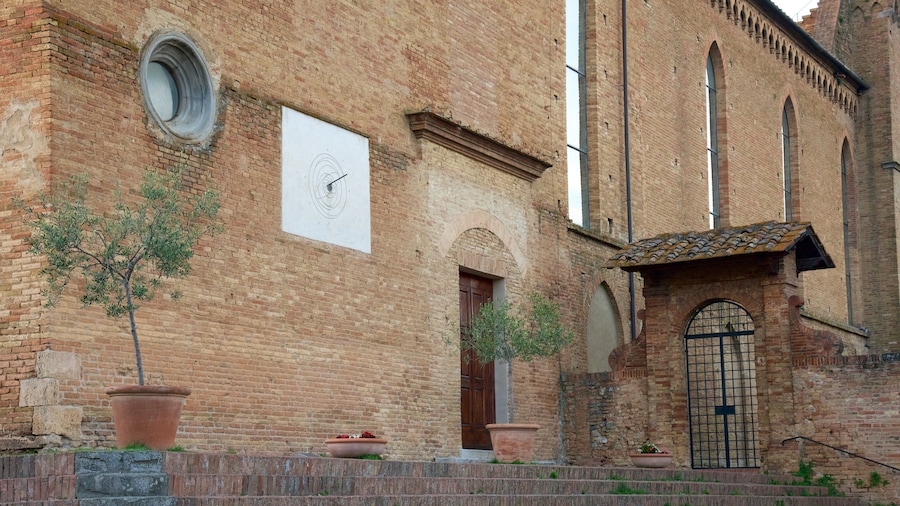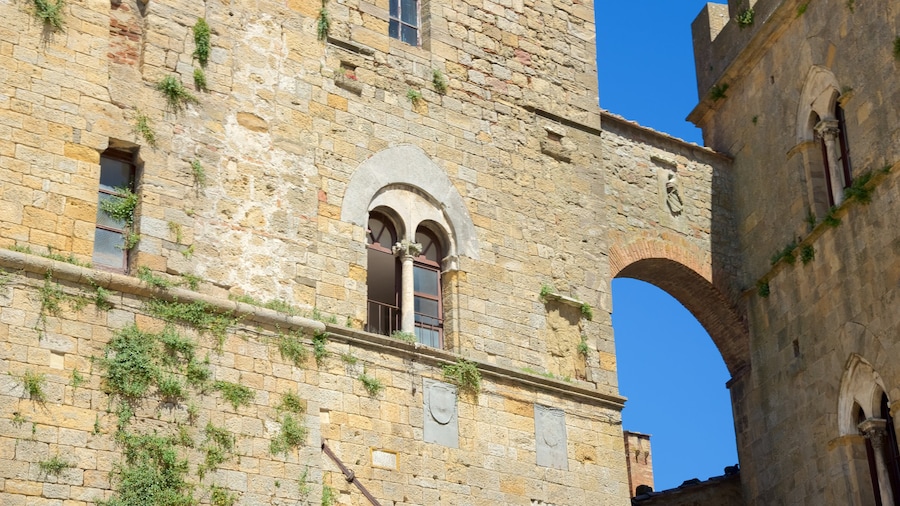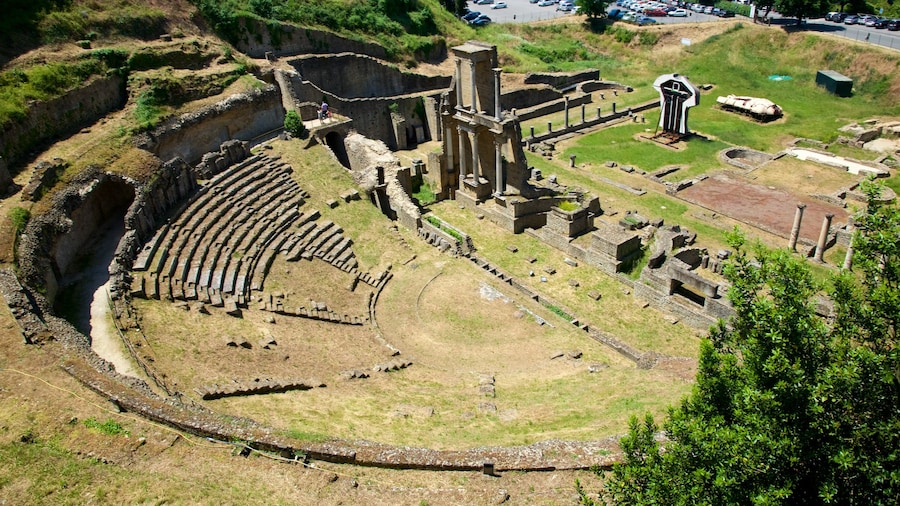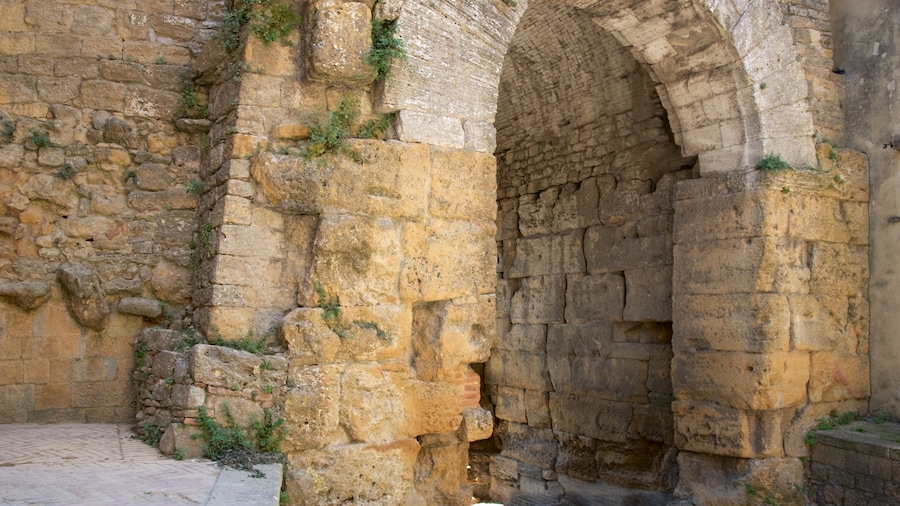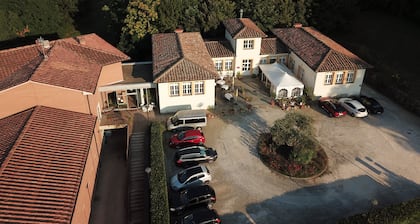The Guarnacci Etruscan Museum is a remarkable repository for ancient relics. Founded in 1761 when an abbot and antiquities collector donated his treasures to the people of Volterra, the Guarnacci Etruscan Museum is one of Europe’s earliest examples of a public museum. Experience the age of the Etruscans when you explore the museum’s exceptional collections of alabaster and terracotta urns, statuettes and busts.
Begin your journey through time on the museum’s first floor. This section is dedicated to the collection’s oldest relics, including Villanovan and Iron Age items. See artifacts from the 9th century B.C., such as burial goods excavated from the necropolis of the Badia. Examine items such as a bronze helmet that were found buried in the Warrior’s Tomb. Check out votive figurines and jewelry from Volterran tombs.
Continue upstairs to find reconstructed tombs from the Hellenistic period. You’ll see a fascinating collection of funerary urns featuring elaborate carved lids. The sculptures that adorn these funerary urns are often figures from Greek or local Volterran mythology. Spot demonic figures and the depiction of a horse and carriage disappearing into the underworld.
Other highlights in the museum include the Urna degli Sposi, a terracotta sculpture of a married couple and the exquisite carving of the Death of Actaeon. Wonder at the mystery of the Ombra della Sera. This bronze sculpture of a tall and thin figure has puzzled historians for decades.
The museum’s collection also includes Roman and Greek coins, as well as preserved Roman mosaics. Admire the intricate artistry of these ancient people as you work your way through the exhibits, which are arranged in chronological order.
The Guarnacci Etruscan Museum is located on the eastern edge of the town’s historic district. It is open daily, except for Christmas Day and New Year’s Day. There is an admission fee. Purchase the Volterra Card to receive discounted admission to the Guarnacci Etruscan Museum, Pinacoteca, Palazzo Priori, the Roman Theater and the Alabaster Ecomuseum.

